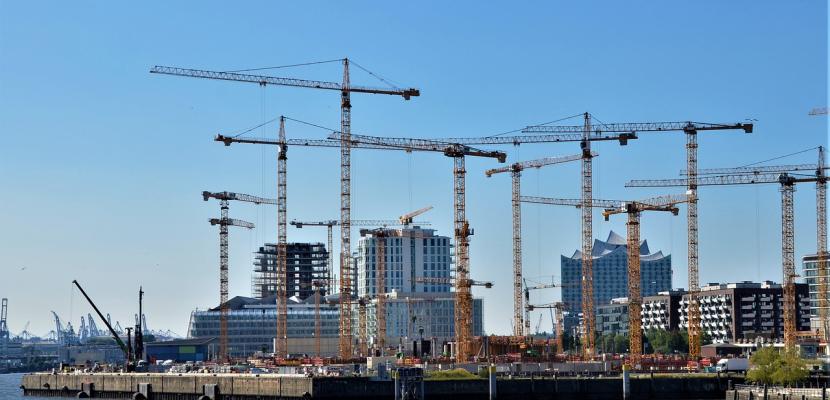
Sustainable building: HafenCity Ecolabel & the DGNB special award Ecolabel

About this good practice
In 2010, certification became a prerequisite for obtaining planning options on building plots, emphasizing a commitment to sustainability. HafenCity Hamburg GmbH developped the Ecolabel versions 1 to 3, for the further development in 2023, Hamburg GmbH teamed up with DGNB German Sustainable Building Council to create the DGNB Special Award Ecolabel. Adherence to the highest platinum standard has become mandatory for all new buildings in HafenCity since HafenCity made it a prerequisite for plot's acquisition, each individual real estate development company is responsible for implementing the label's aspects into their own projects. This early and steadfast support showcases HafenCity Hamburg GmbH's pioneering role in fostering innovative, climate-friendly building solutions. The buildings certified with the HafenCity Ecolabel are models and pioneers of the transformation to sustainable building. They are setting standards and today are already providing answers to important future issues. The sustainable buildings have, for example, lower operating and maintenance costs due to their high energy efficiency and thus offer advantages when it comes to renting and selling. Certification makes these advantages visible for all players, i.e. owners, tenants and users.
Expert opinion
Resources needed
The development of an Ecolabel requires strategic resource allocation for sustainable building certification. This involves a specialized workforce, technologies for environmental assessments and financial investments for the incorporation of sustainable technologies and monitoring systems.
Evidence of success
The DGNB Special Award Ecolabel is a joint-certificate by HafenCity Hamburg GmbH & DGNB German Sustainable Construction Council. This award was developed by a core team of HafenCity Hamburg GmbH, comprising many professionnals (innovation experts, architects etc.). The team established the specifications through consultations with experts (scientists, local government bodies etc.) These specifications were then integrated in the criteria set of the DGNB System Version 2023 (developped by DGNB).
Potential for learning or transfer
This certification enhances public awareness of individual projects and the HafenCity project as a whole. To date, more than 70 projects with over 1.0 million square meters of floor space have been certified with the HafenCity Ecolabel. In 2024, the first developer applied for the DGNB Special Award Ecolabel to be implemented into its project. With the consistent and district-wide application of the Ecolabel certification, the company has made a substantial contribution to anchoring the sustainability concept within the real estate sector and promoting the associated standards within the industry. Furthermore, in recent years the company has consistently contributed to the preparation of exemplary climate-friendly solutions. Several construction projects have and are currently in the process of implementing new techniques that surpass the requirements of the highest “Ecolabel” standard. Developers are therefore encourages to create innovative and sustainable solutions.
Further information
Good practice owner
You can contact the good practice owner below for more detailed information.
